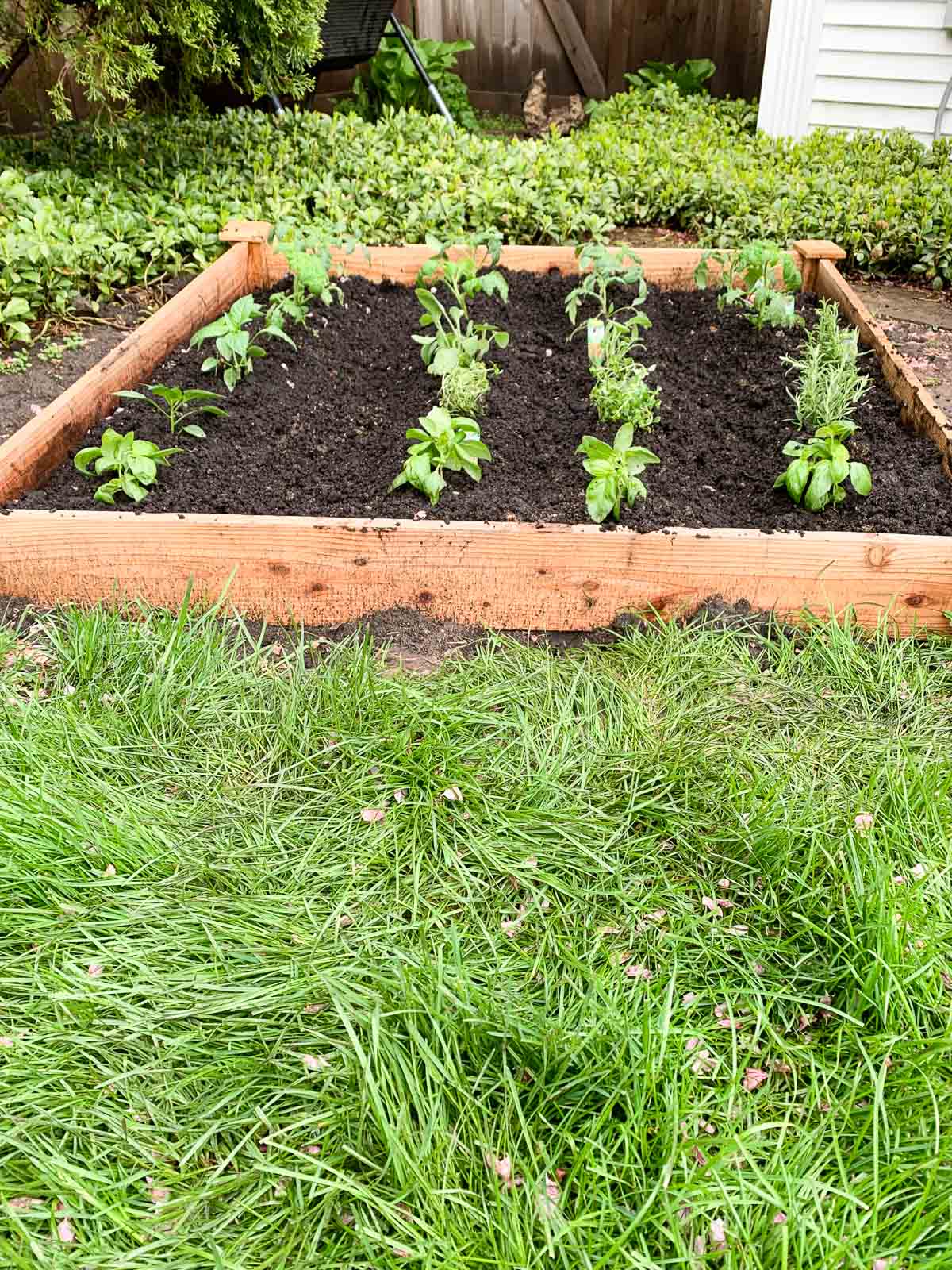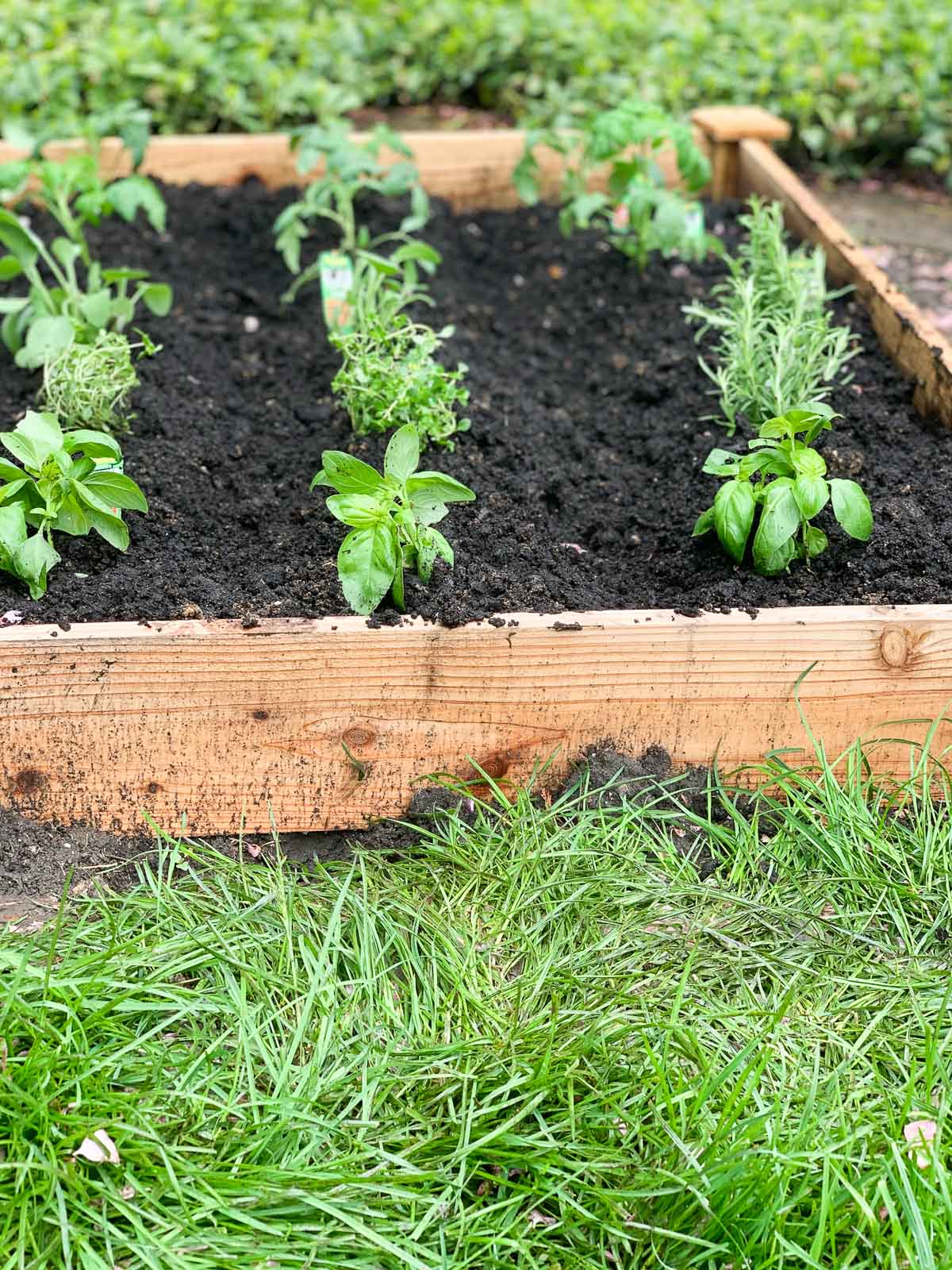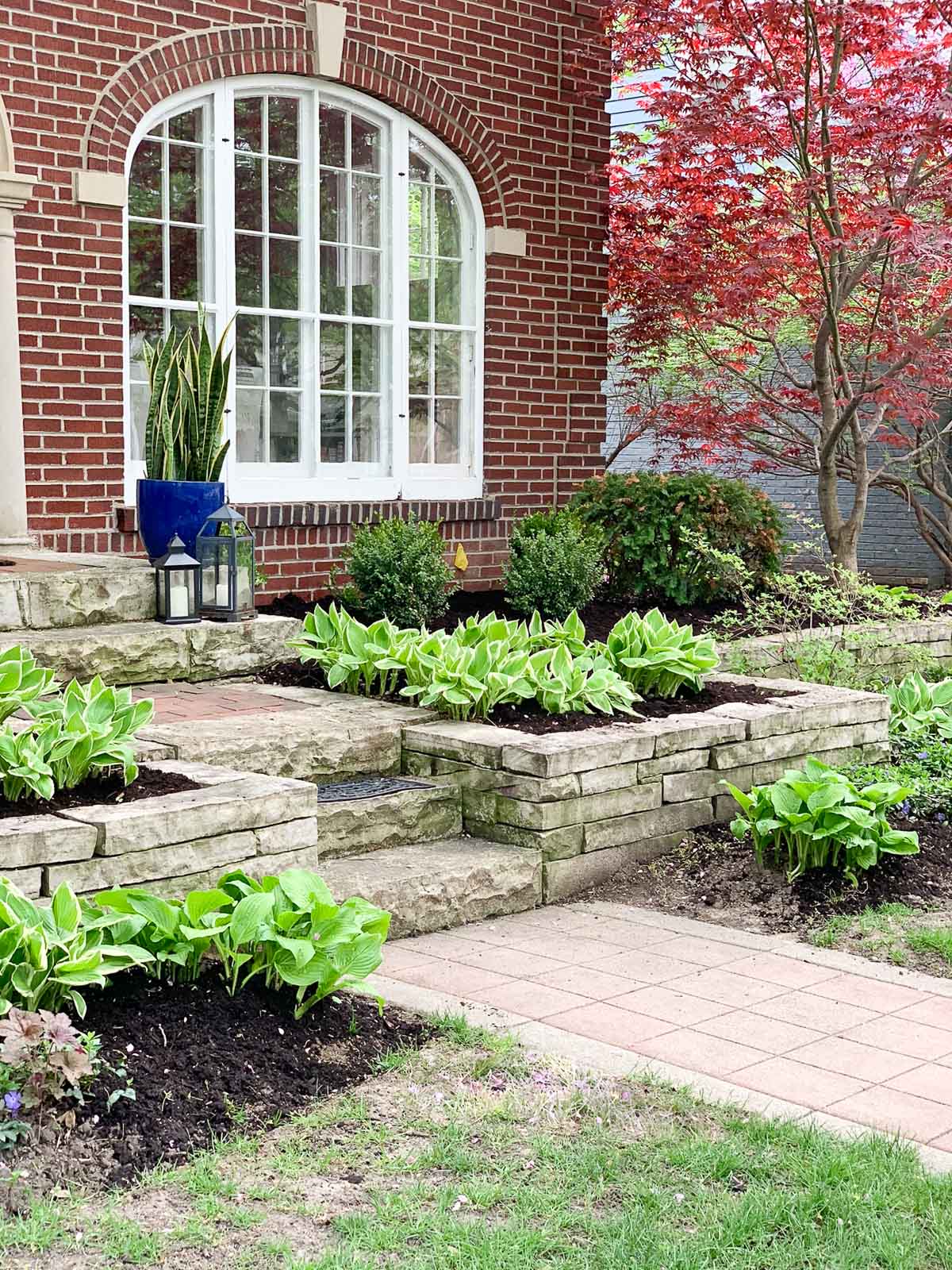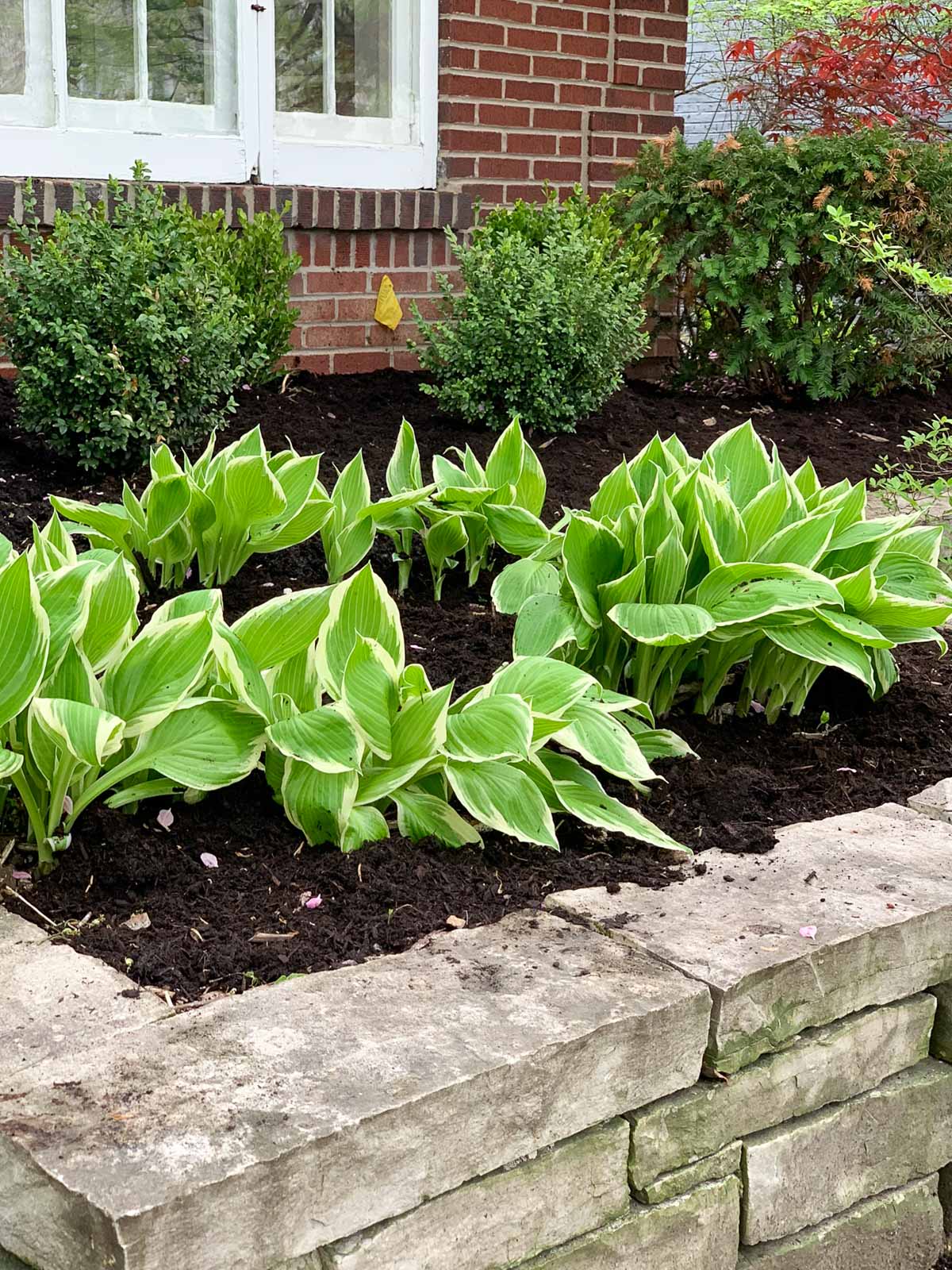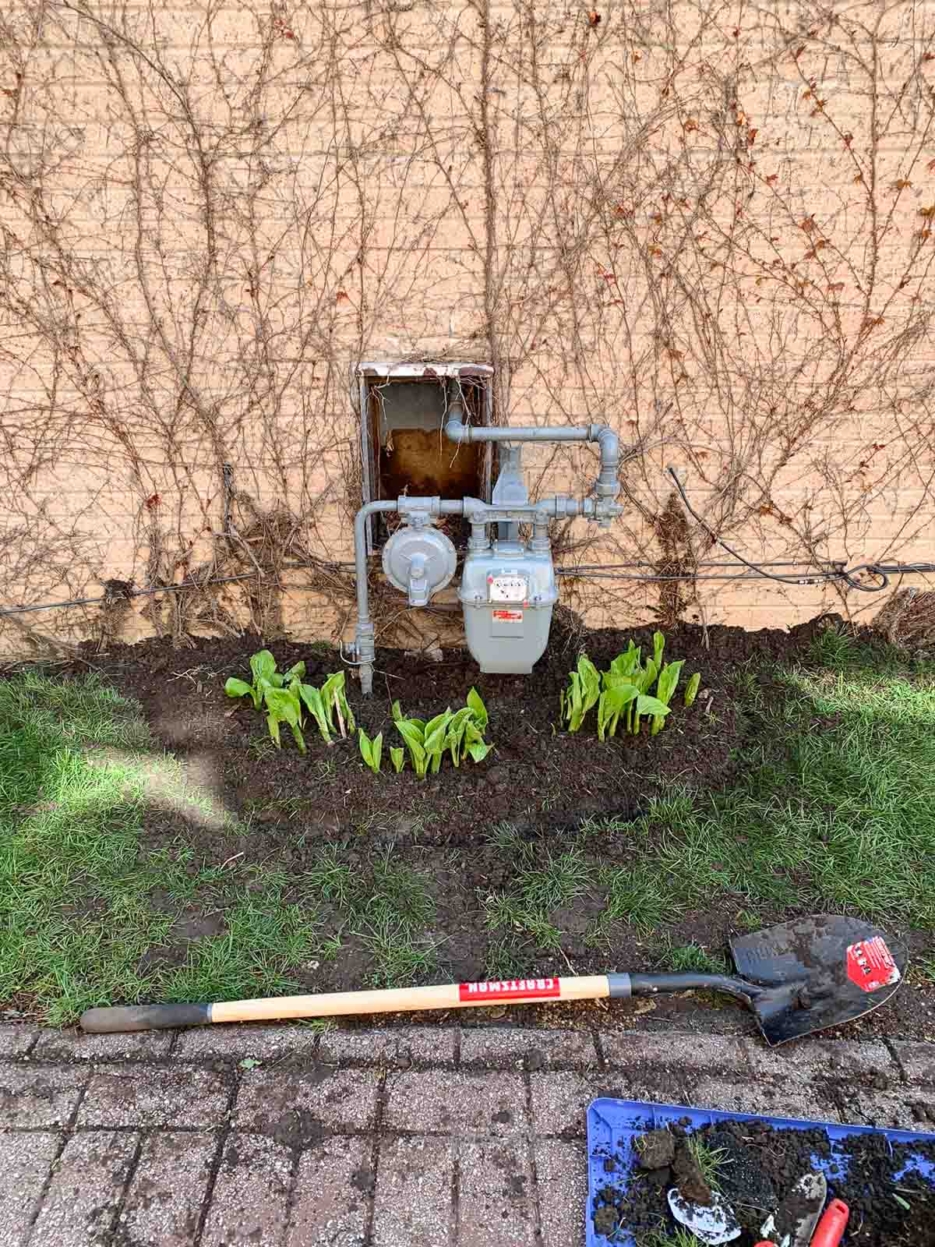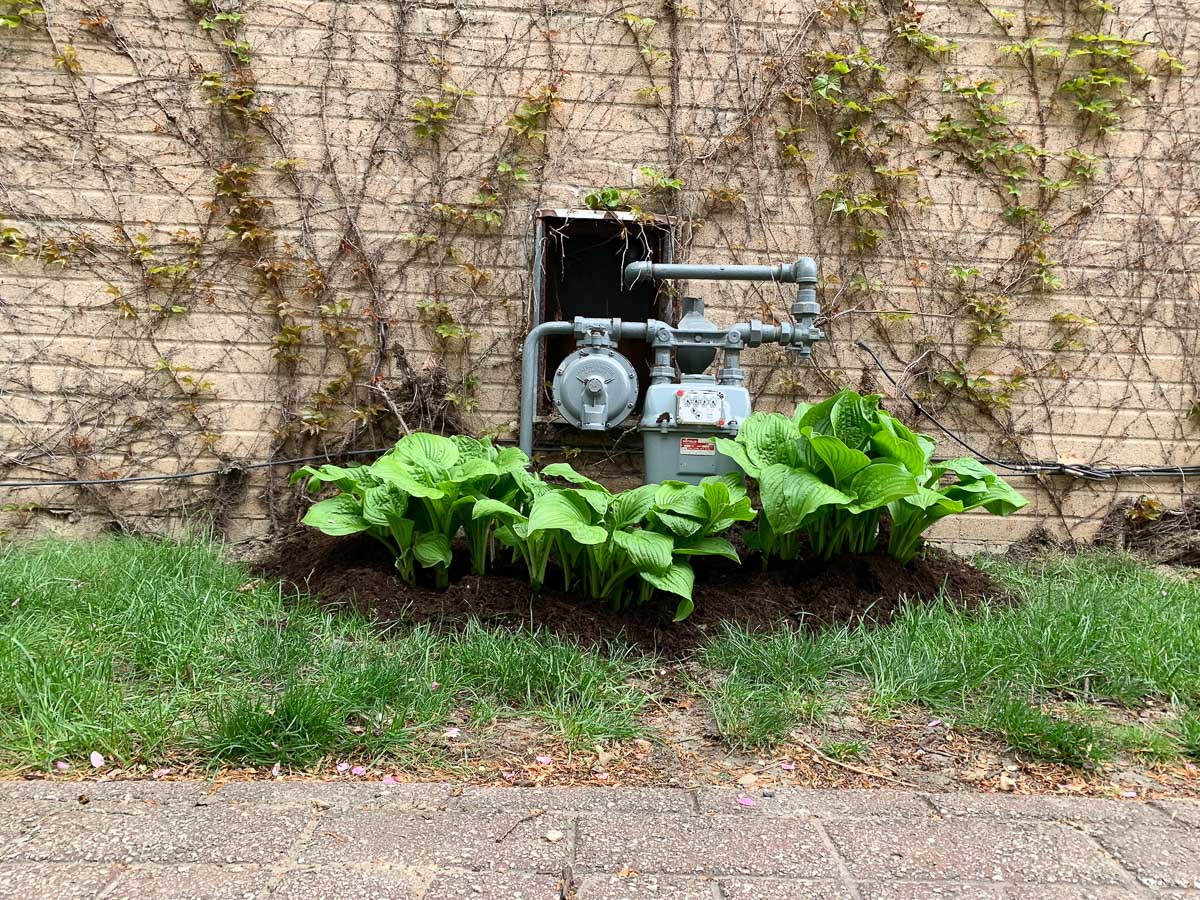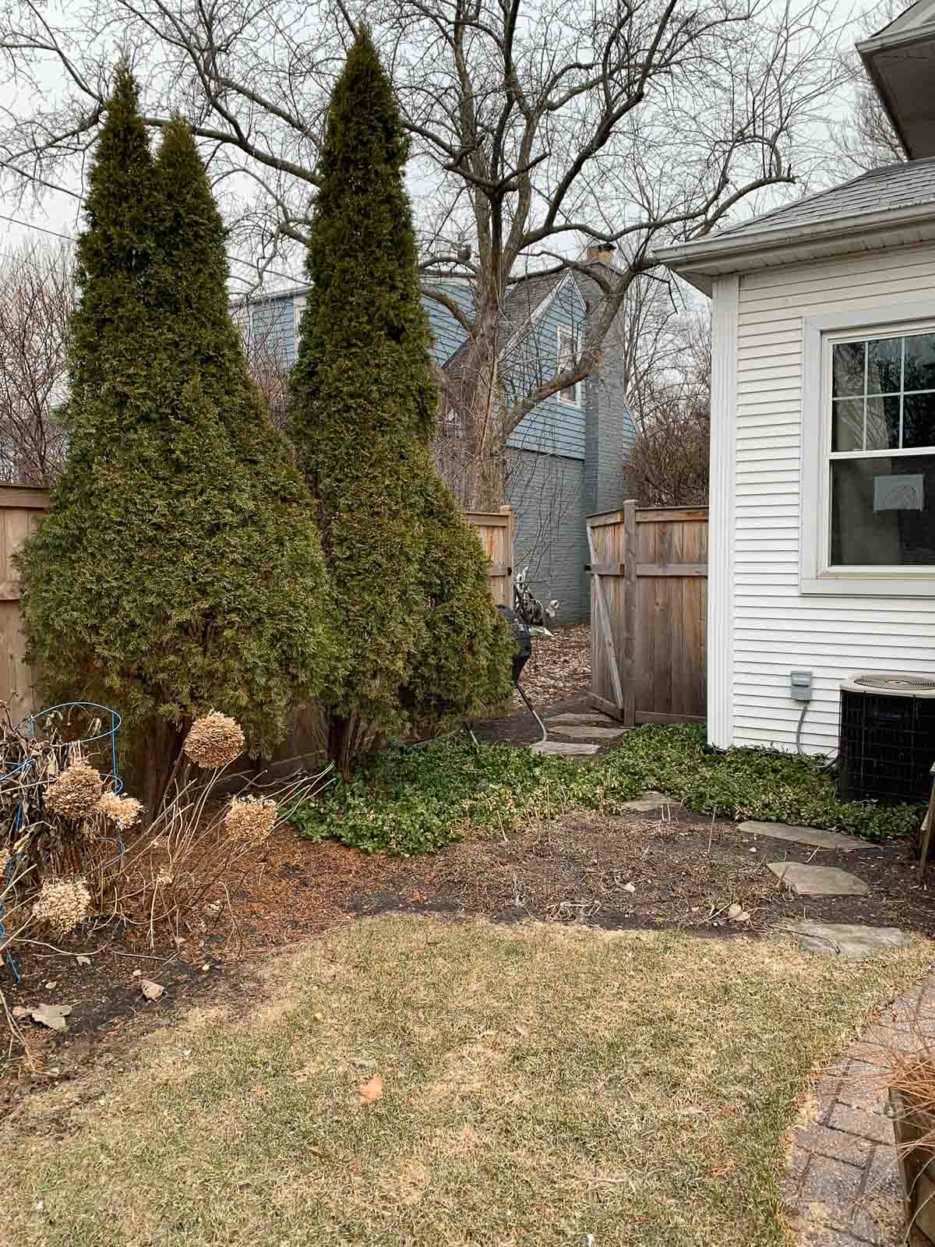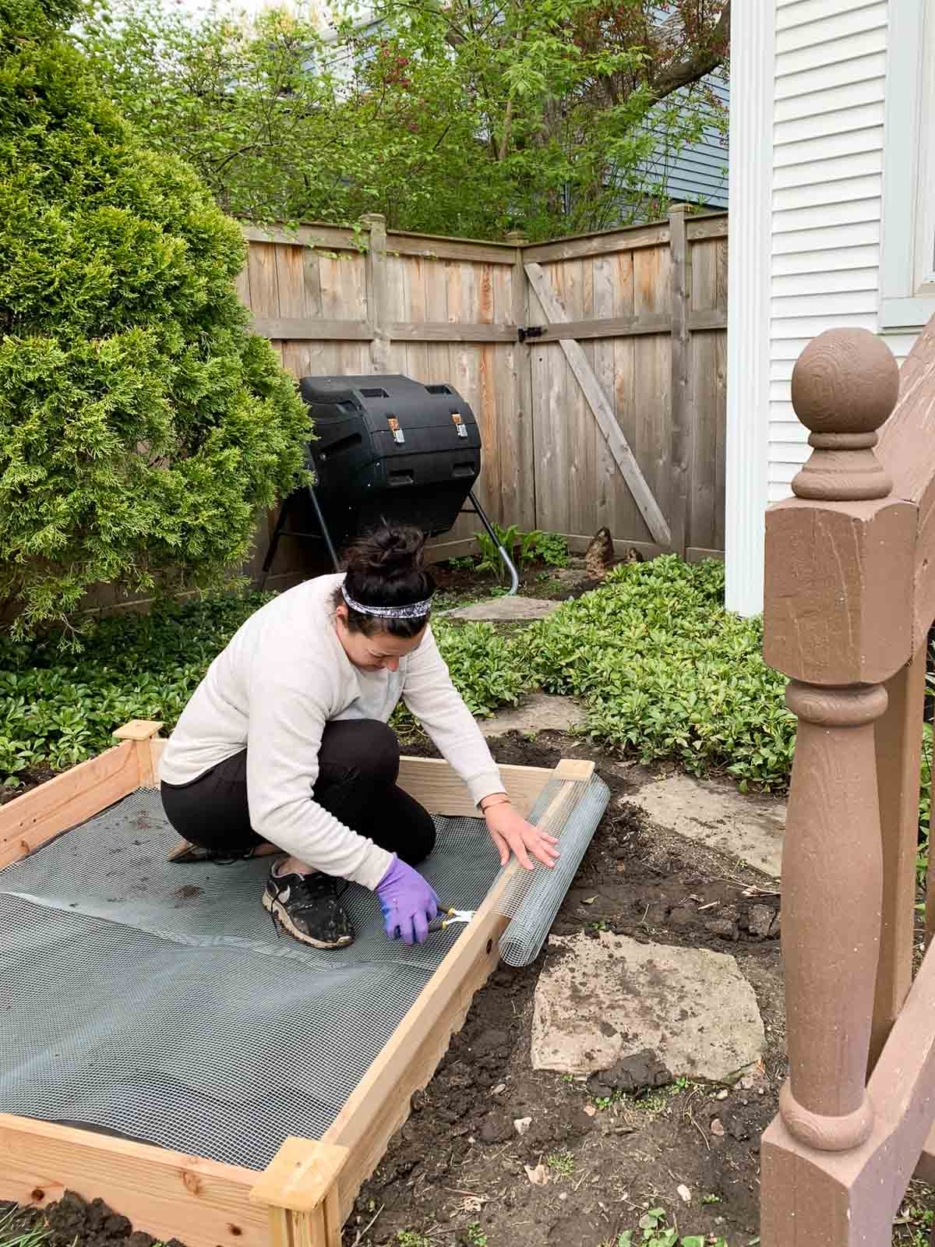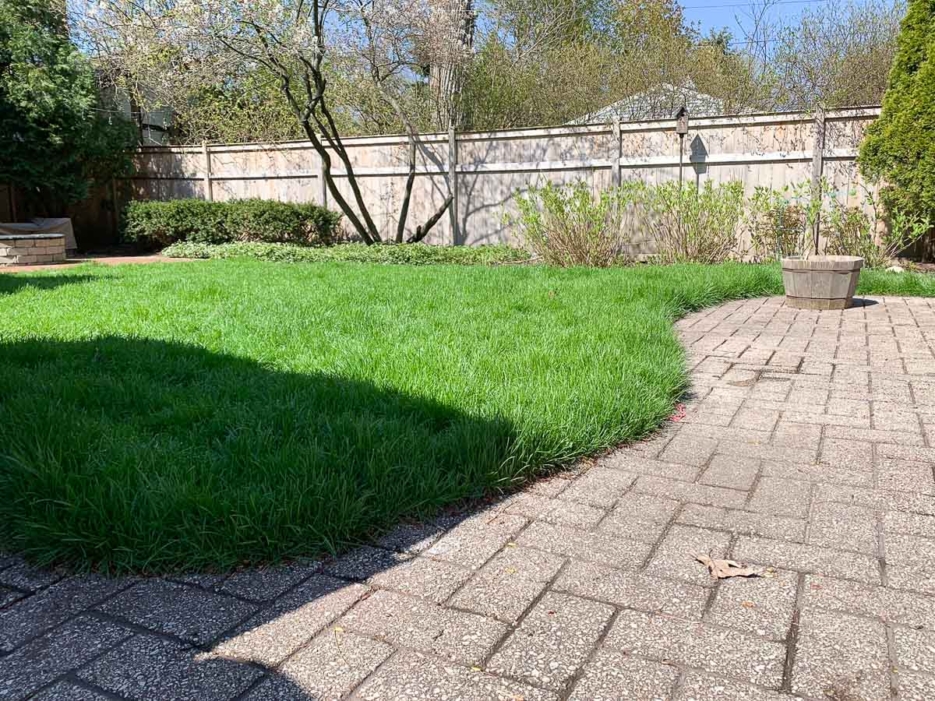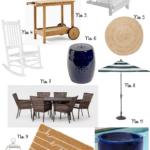Thank you To RISE’S AND not OR for sponsoring my Maintain A Vegetable Garden post. DIY As always all thoughts and opinions are 100% my own
The big reveal of my DIY Backyard Vegetable garden is finally here. In case you missed it, I shared my vegetable garden plan a couple of weeks ago and how I built my raised vegetable garden too. Finally, after weeks of tending to the garden, well, when it wasn’t raining. I was finally able to make some progress and share how I will maintain a vegetable garden all summer long.
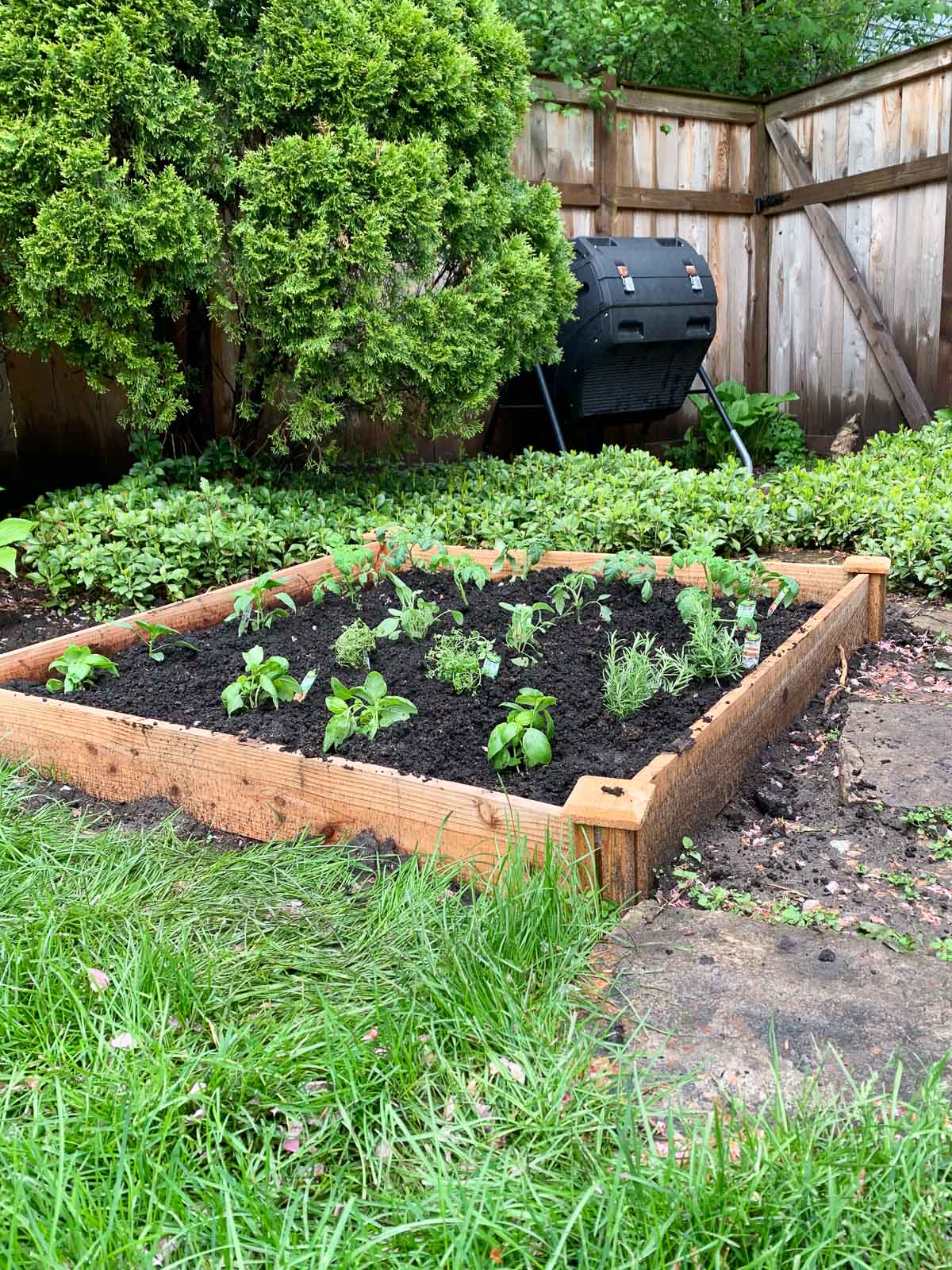
How To Maintain a Vegetable Garden
It’s actually crazy how much rain we have gotten in Chicago this Spring. If you look at the above photos, you can see how wet all the wood, grass and dirt is, even my backyard fence. Honestly, as a seasoned gardener, just kidding, I am still a strong weekend gardener, I cannot complain about the rain, it has truly helped our greens grow and flourish. The only complaint is that it has only left a couple of days that I could get out there and truly get my hands dirty to maintain a vegetable garden.
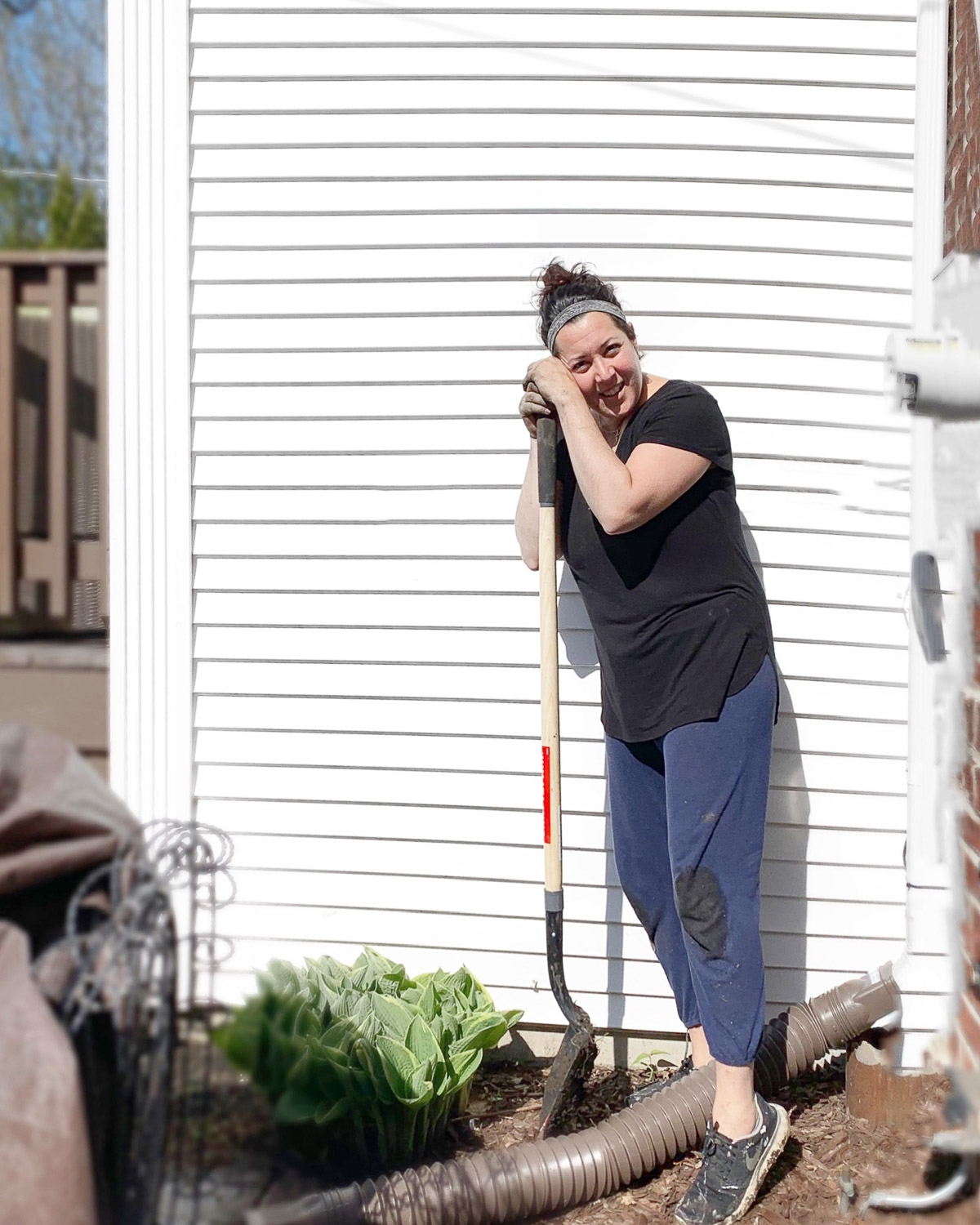
Tips to Maintain A Vegetable Garden This Summer using RISE’s AND not OR Approach
- As discussed in my second post, when building a garden use a naturally rot-resistant wood like cedar. If you aren’t growing vegetables, ground contact pressure treated lumber will have the longest life.
- There are a couple of different things that can be done to keep those cute bunnies away. This is when I really where I leaned into the AND not OR concept of choosing both an organic or non-organic solution. There are animal repellents that I can purchase and use according to label directions that will help repel bunnies and rabbits away from the plants. I will also put up chicken wire fencing to keep the bunnies out.
- My initial plan had way too many herbs/veggies. Spacing is key to their success so I had to cut back. In general, I left about a foot in between each herb/vegetable to allow it room to grow and thrive.
- I also made sure to plant the taller plants towards the back so they would not block sunlight. But, if you have herbs that need shade, they can be underplanted with lower plants that prefer some shade and creeping spreading plants could be put near the edges and climbing plants to the rear, (with something to climb onto), think beans or squash climbing onto metal or plastic fencing.
After doing some research on my local university extension I was able to learn herbs and vegetables would grow best in my area. For that reason I planted the following:
- Sweet Basil
- Thyme
- Cucumbers
- Yellow Pepper
- Red Pepper
- Sweet Tomatoes
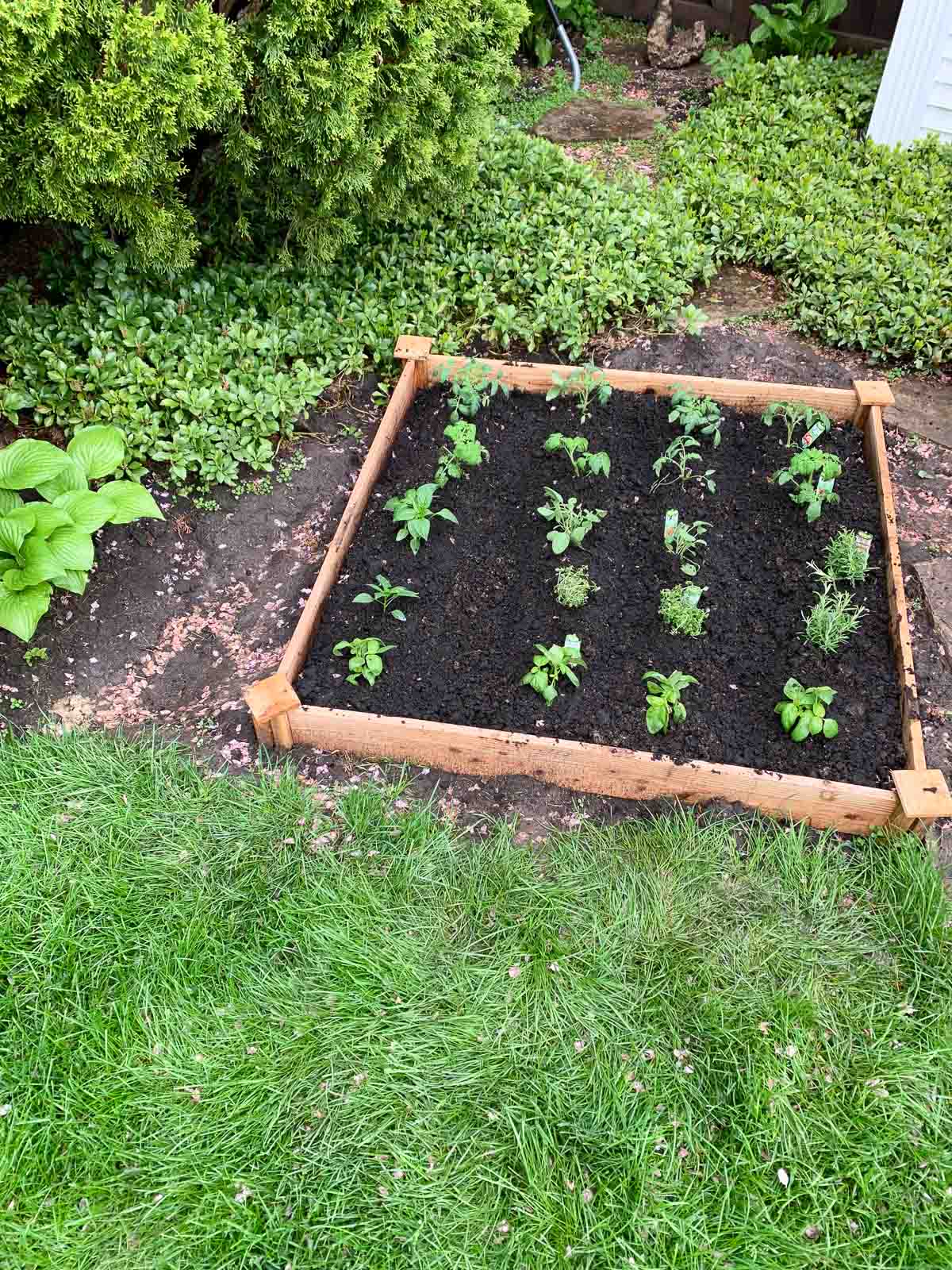
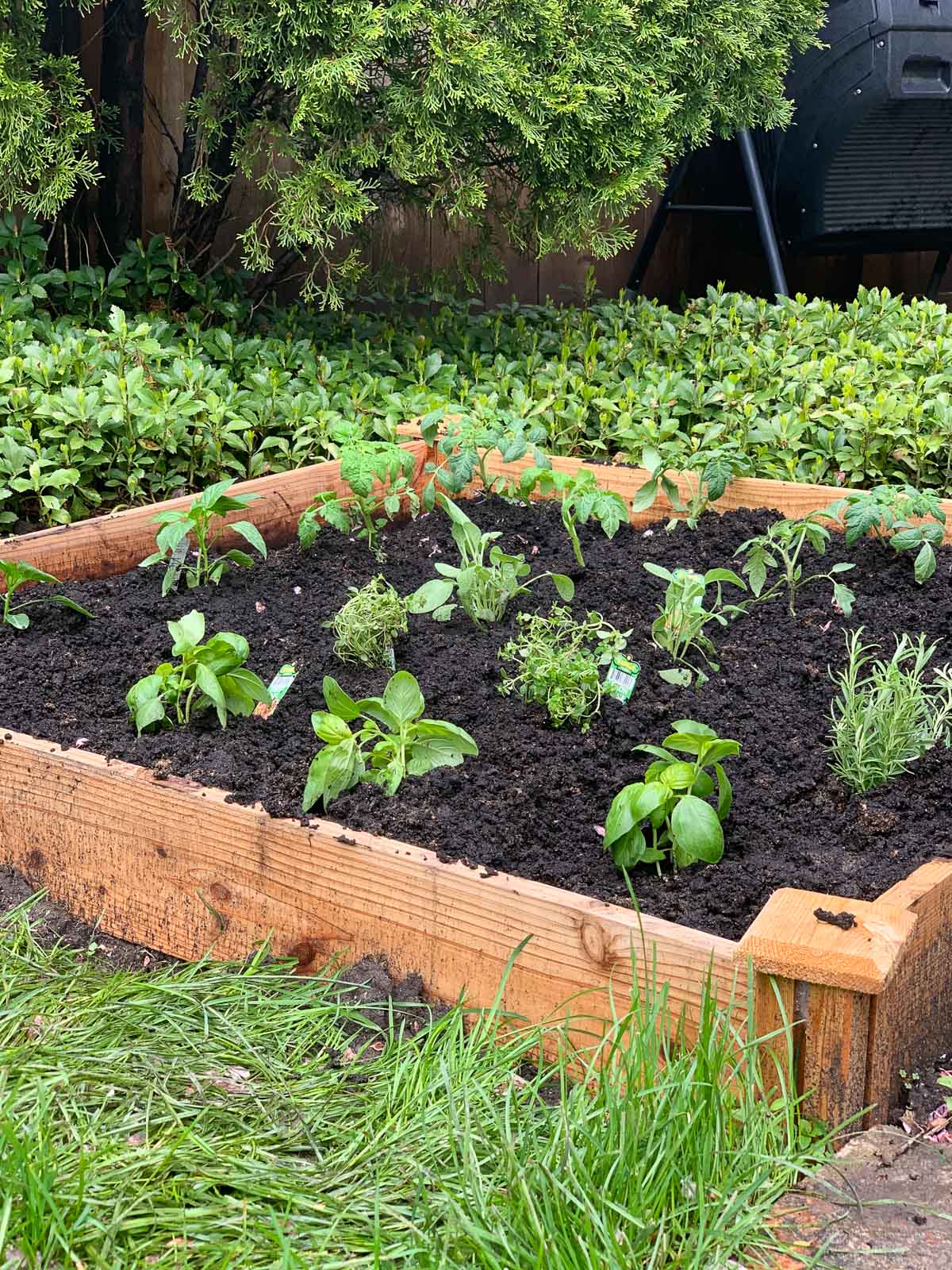
Maintain A vegetable garden this summer will include regular watering, mulching to keep weeds out, fertilizing – feeding the garden and protecting them from pests.
Transferring Hostas
In my attempt to create a space for a vegetable garden I had to remove over 50 hostas. I think it was more like 80. With tips from RISE’S master gardener, I was able to dig up as much of the rootball as possible. Rinse as much of the old soil off as possible without damaging the roots and then move my hostas to their new home. For the full process check out my DIY garden progress post.
Of course, I was a little nervous if my hostas were going to survive the transfer since I am not an expert gardener. But, it is amazing how strong they are. They are all truly flourishing in their new homes.
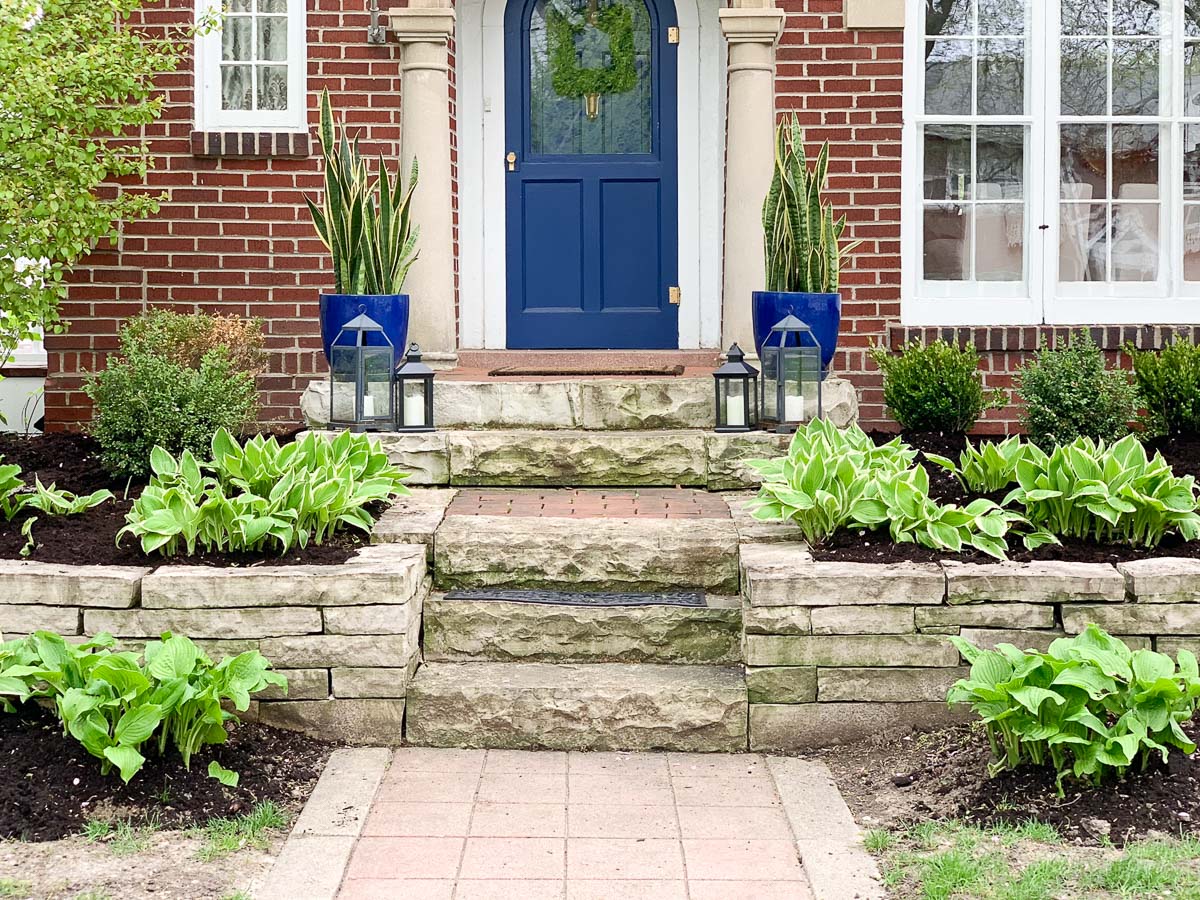
I transferred many to the front of my house where I had been planting various flowers for years that just never survived. However, the hostas are very happy in their new home.
Below is when I planted them 2 weeks ago. I made sure to add mulch and have not needed to water because of all the rain. But I believe they are doing just fine.
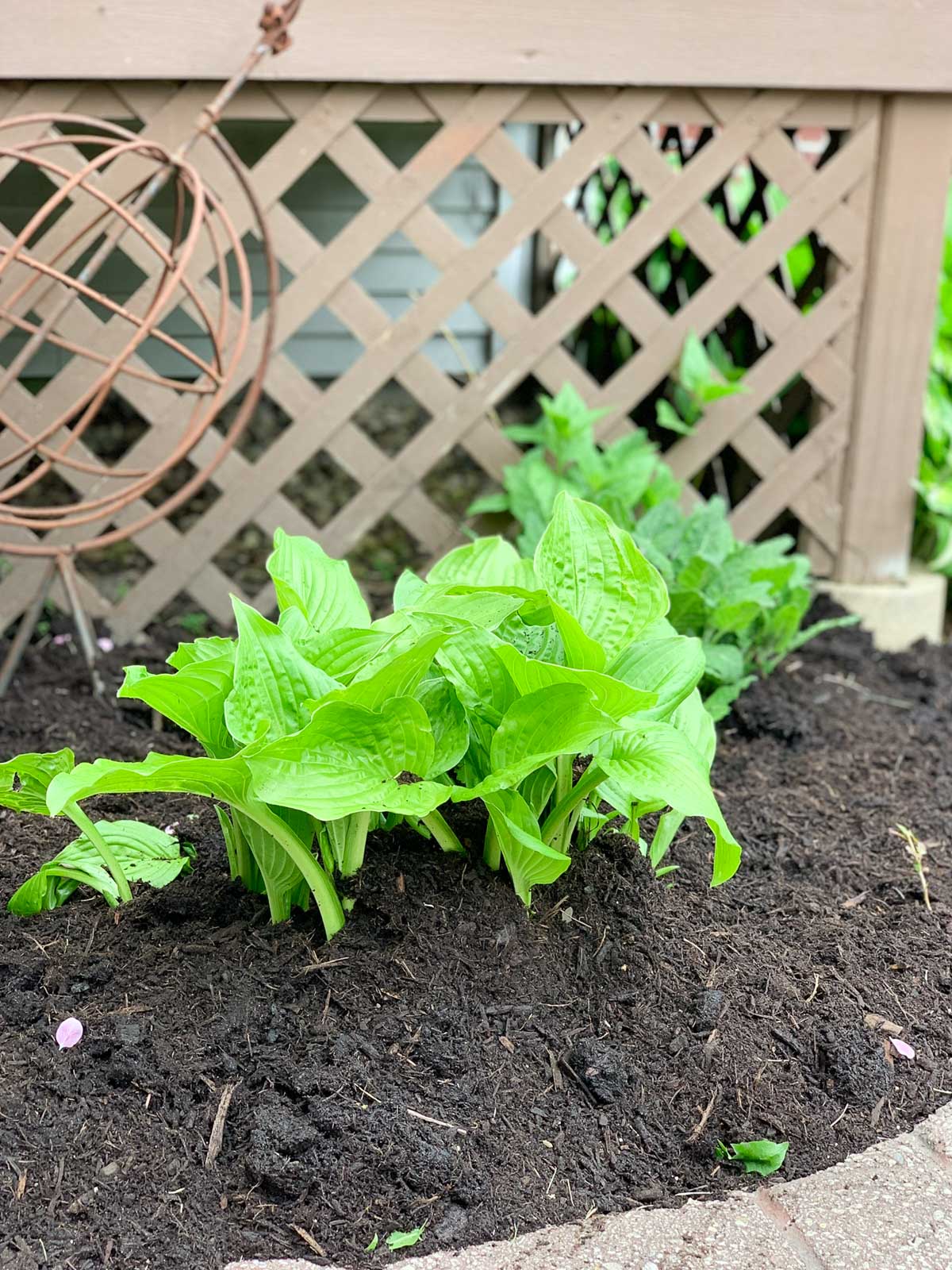
I am excited to see what happens and how my garden will grow over the next few weeks. I will be sharing on update later this summer and always sharing daily over on my Instagram stories. In the mean time, do you have a garden? What do you plant and please do share you tips and tricks. Happy Gardening.
